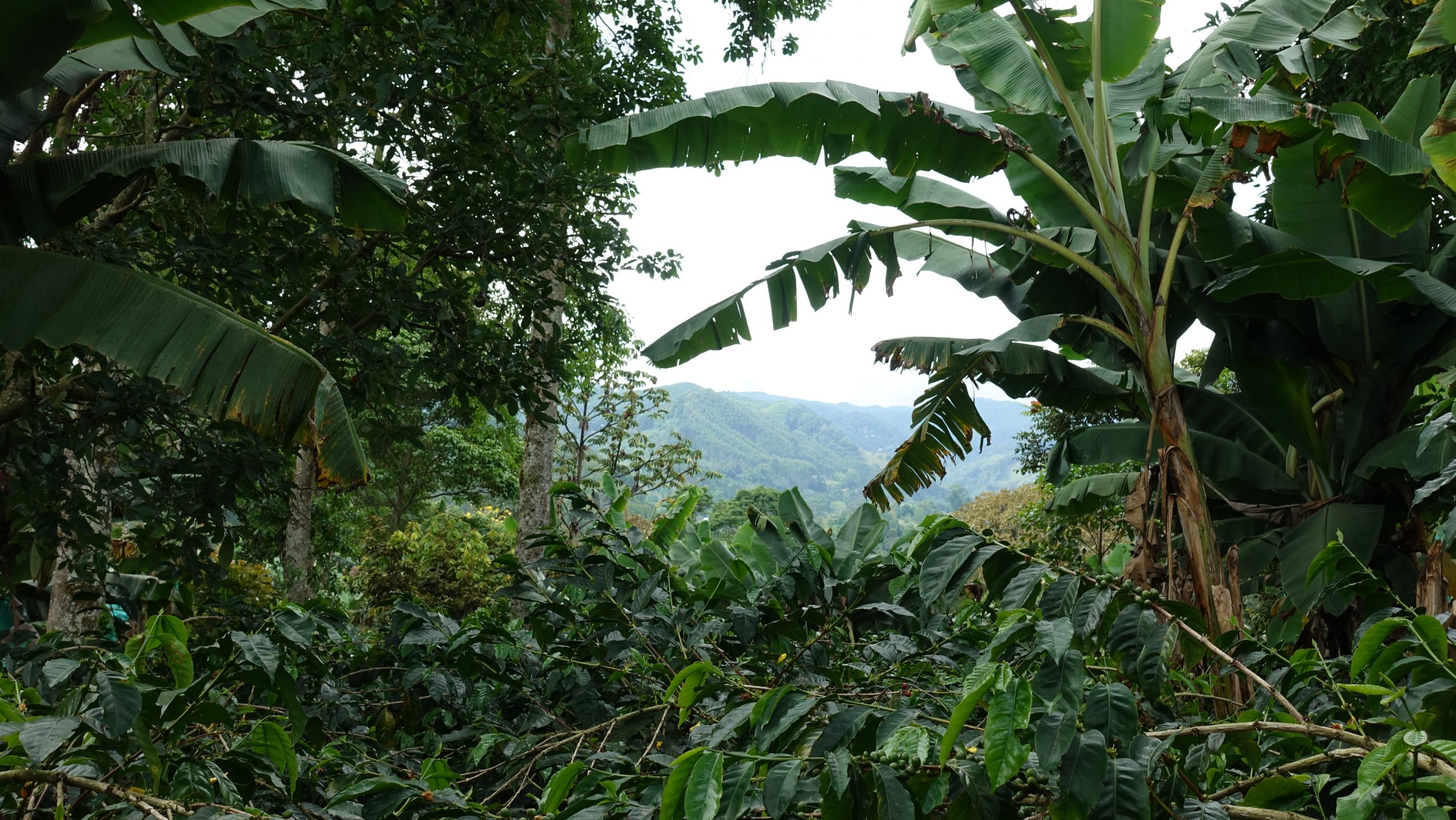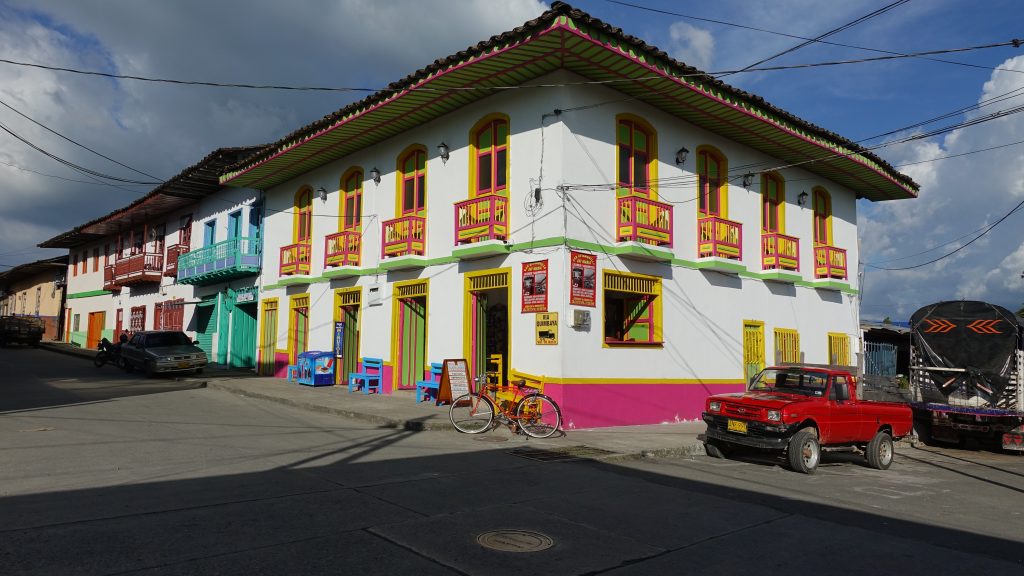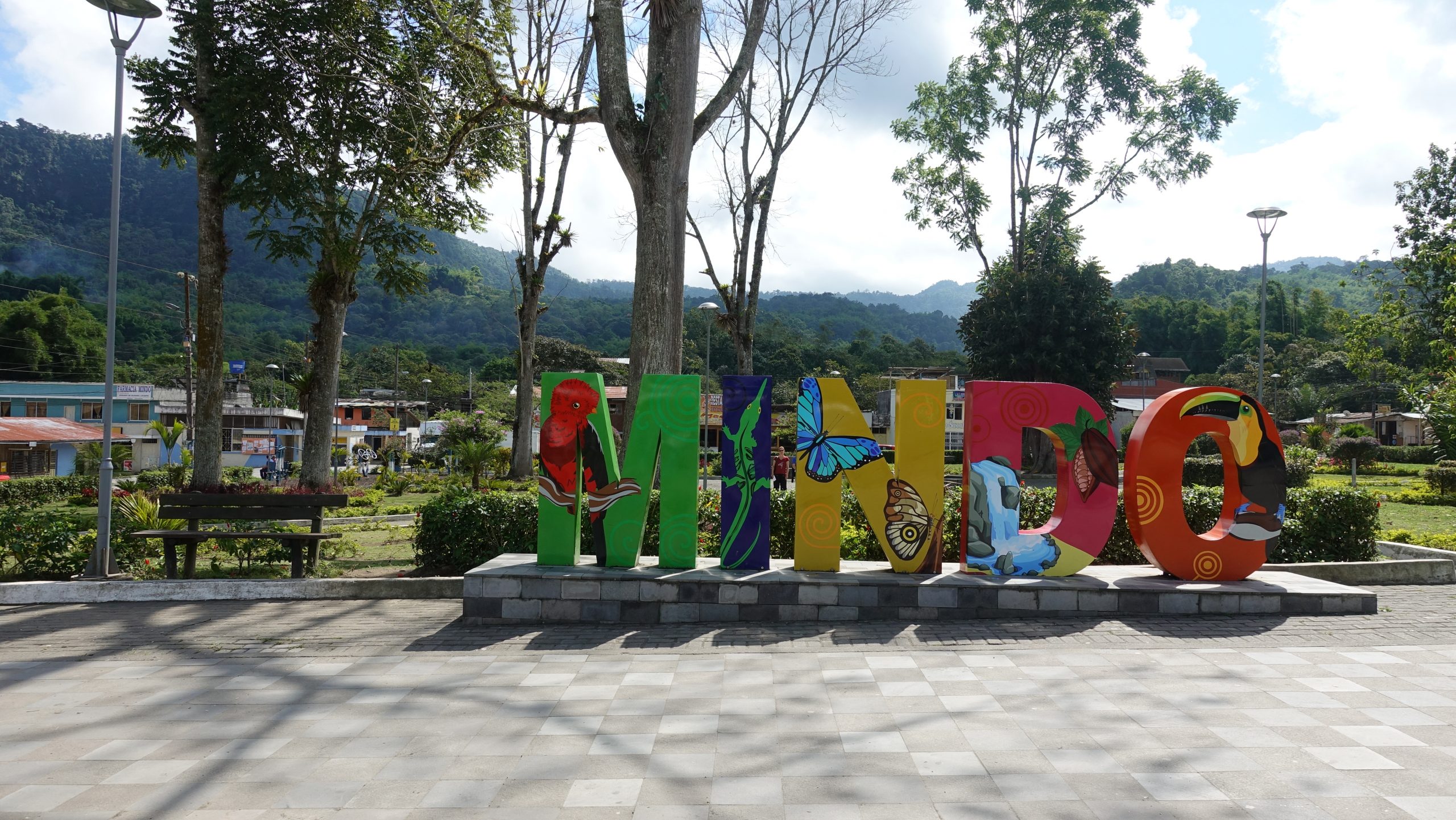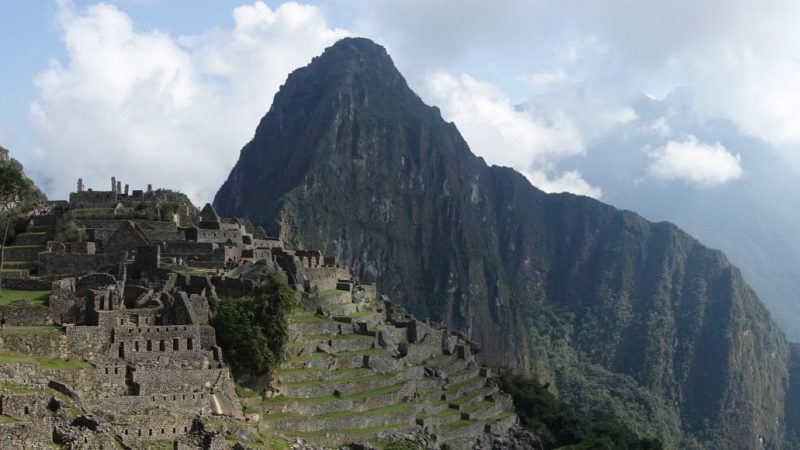In 2018, I had the privilege of visiting the beautiful country of Colombia. One of the regions I spent time in was Quindío (keen-DEE-yo), a small ‘department’ in the west-central part of the country. It’s a beautiful place, with stunning natural scenery, unbelievably quaint villages and a welcoming populace who will make you want to return again and again. Bienvenidos en Quindío!
Quindío will appeal to:
- Coffee fans
- Hiking lovers
- Nature enthusiasts
- Budget travellers – in fact all of Colombia is quite an affordable destination!
- Anyone who enjoys small towns, colorful buildings and beautiful green landscapes
This page may contain affiliate links; if you make a purchase through them, I may receive a small commission at no cost to you.
The Basics
Quindío is the second smallest department in Colombia, and it’s right in the middle of the triangle formed by the cities of Bogotá, Medellín and Cali. It lies on the western face of the Cordillera Central mountain range, at a relatively high elevation overall but with a wide range of altitudes (lowest point 1,100 m, highest point 5,150 m). However, the department’s location only a few degrees north of the equator means that except at the highest elevations, temperatures are relatively warm and constant throughout the year.
Armenia, the capital, is a pleasant medium-sized city but with few attractions to draw visitors. It has an airport and good bus connections, however, so you may end up passing through.
Quindío’s main attractions are its ‘Zona Cafetera’ coffee-growing region (a UNESCO World Heritage Site since 2011), its quaint small towns, rugged mountain landscapes and the Valle de Cócora, a lush cloud forest valley with the precariously tall and skinny wax palms. Additional attractions included a Mariposario (enclosed butterfly habitat), several museums and a sliver of the imposing Los Nevados National Park.
Salento is definitely the most famous town in the region, and there’s no denying that it is lovely. Its popularity also means it’s crowded, however, so I actually preferred nearby Filandia, where the colorful image at the top of this post was taken. It’s just as pretty, but with a whole lot less people!

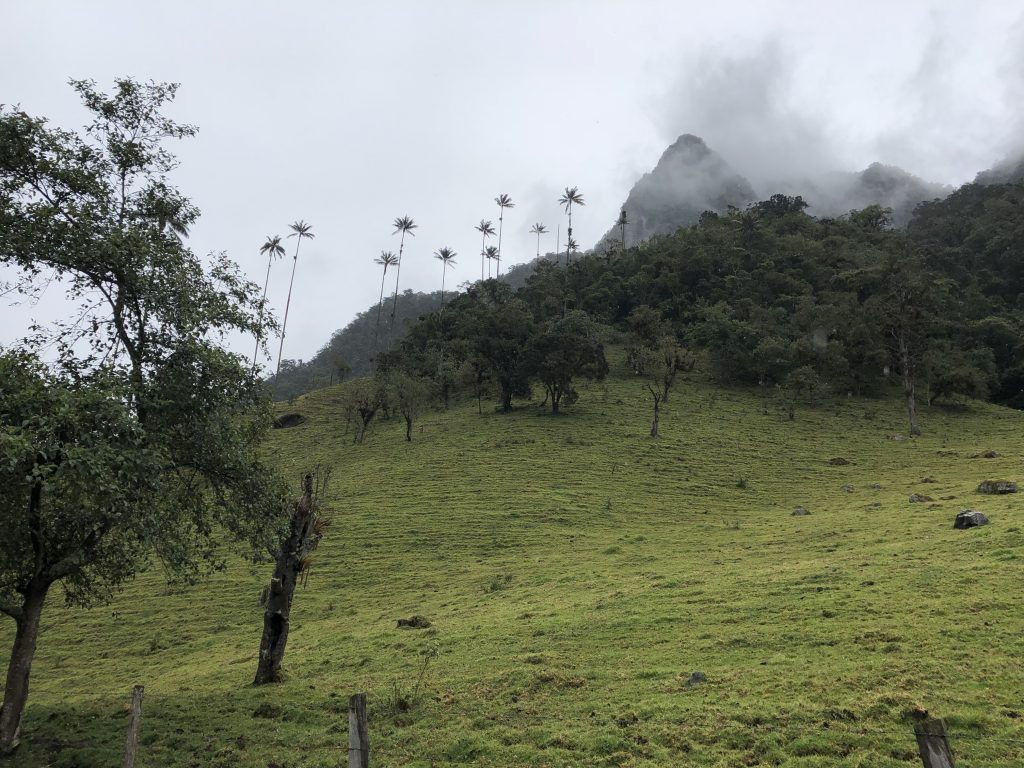
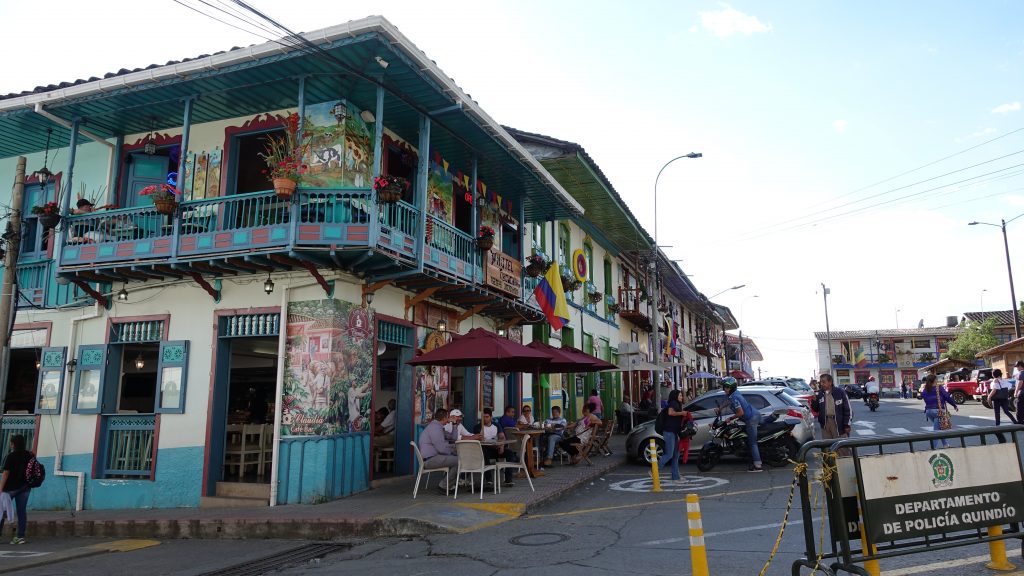
Sustainability
As a region whose tourism revenue depends so strongly on its natural environment, environmental sustainability is a big issue in the area. The modern local history of environmental action goes back to 1985, when the government named the wax palm the Colombian national tree and forbid their felling, with severe penalties for violators. This action may well have saved the tree from local extinction, although it is still considered a vulnerable species due to disease and loss of habitat.
Climate change and low coffee prices also threaten the survival of the region’s many small coffee growers. Despite this, they’ve managed to maintain a strong reputation for quality, and most of them still use traditional methods of harvesting (meaning no machine picking!). Even if you’re not a big coffee fan I highly recommend touring a plantation to learn how the crop is grown, harvested and processed. The income from such tours helps many of these small, often family-run operations stay afloat. A perfect example of tourism doing good things for the local community!
Active Travel
Quindío is, to put it quite simply, a hiker’s paradise. The Cócora Valley is a fantastic place to do walks of anywhere from 30 minutes to 4 hours, and even if the wax palms weren’t there the scenery would still be stunning. Just make sure you dress in layers and come prepared for rain and varied temperatures, because temps can fluctuate and it can rain any day, any time of the year. Trust me on that one, because while the clouds parted later in the day, I did much of my Cócora Valley hike in the rain!
There are also horseback riding tours available in the Cócora Valley, but you’ll want to take care to ensure that the animals are treated well – these horses are working hard to carry you uphill, crossing the river several times on the way! I checked out the one in the link above, but if you’re ever in doubt, ask a knowledgeable local about which operators are the best.

Hiking opportunities abound in the Los Nevados National Park as well, but be advised that due to the elevation and the relatively cold conditions, it’s important to make sure you are acclimated, properly dressed and able to handle the difficulty level of the hike under these conditions. Basically, Los Nevados is definitely not beginner hiker territory!
For bicycle enthusiasts, I found several bike rental and tour options with varying degrees of difficulty in rides available. I didn’t get the chance to do any cycling in the area, but if exercise on two wheels is your thing it looks like you’ll find plenty of options!



Culinary Travel
I’ll be honest: Colombia isn’t exactly considered a culinary hot spot. That said, in my experience the food was freshly prepared, and overall we were quite satisfied. And as is the case in much of South America, the always freshly-squeezed, made-to-order fruit juices are not to be missed!
One very interesting regional specialty is hot chocolate – with cheese. Yeah, cheese – a large piece of semi-soft, mild cheese served on the side. I tried it, and while the hot chocolate and the cheese were both good, I found the combination to be kinda weird, and probably not something I’ll try again. But hey, to each their own, and if you like hot chocolate and cheese I recommend at least giving it a taste!
The culinary highlight of this region is without a doubt its coffee. Generally speaking, Colombian coffee is of exceptionally high quality, and the locals are rightfully proud of their java. My tip for a coffee tour is coming up in the next section!
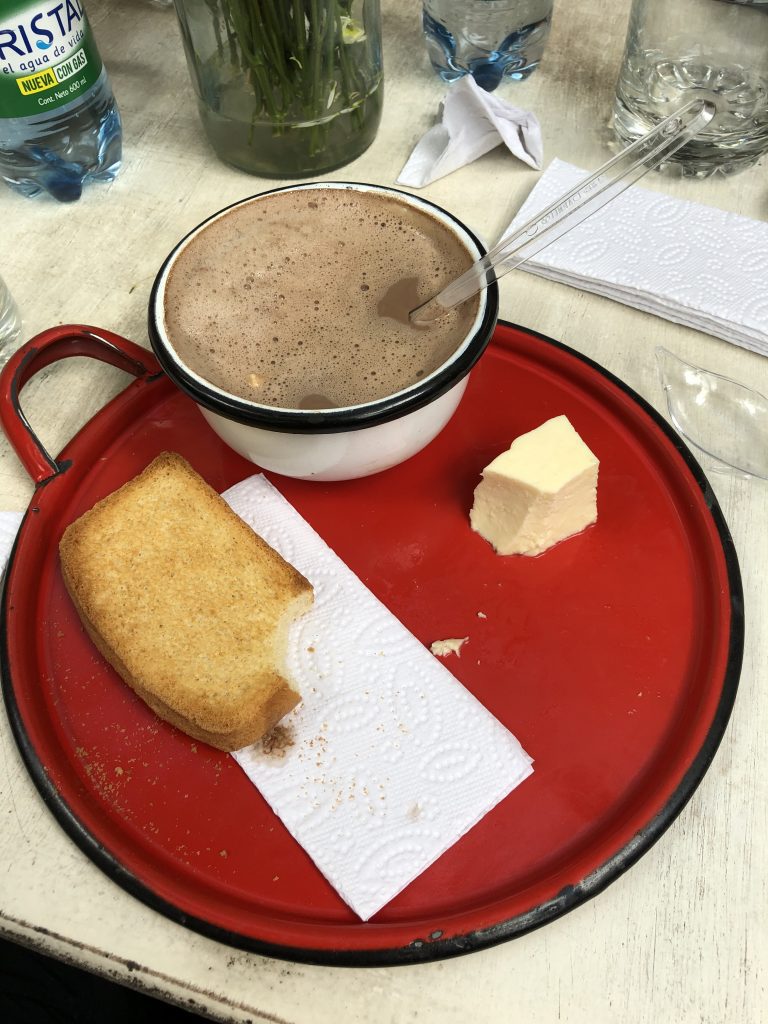
My Tips & Picks
Coffee Plantation Tip: The Finca El Ocaso, a short ‘Willy’ Jeep ride from Salento (you can hang off the back of one while it’s driving if you want to!) is an ideal place to get a flavor of the coffee growing countryside, learn about coffee “from the seed to the cup” as they say, and of course sample some while taking in the stunning views from their terrace. Their coffee tour is excellent, combining time walking around the plantation with a visit to their “lab”, where you test your ability to recognize different smells and learn how the brewing method influences the taste of the coffee. It was great fun, even for our kids who don’t drink coffee!
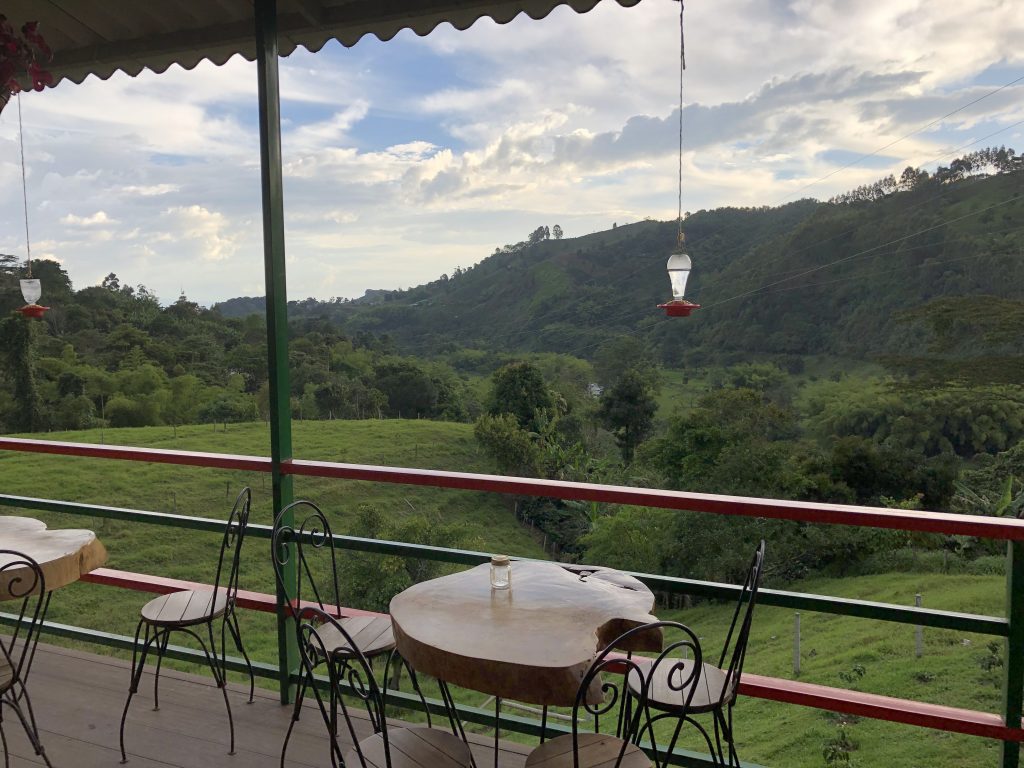
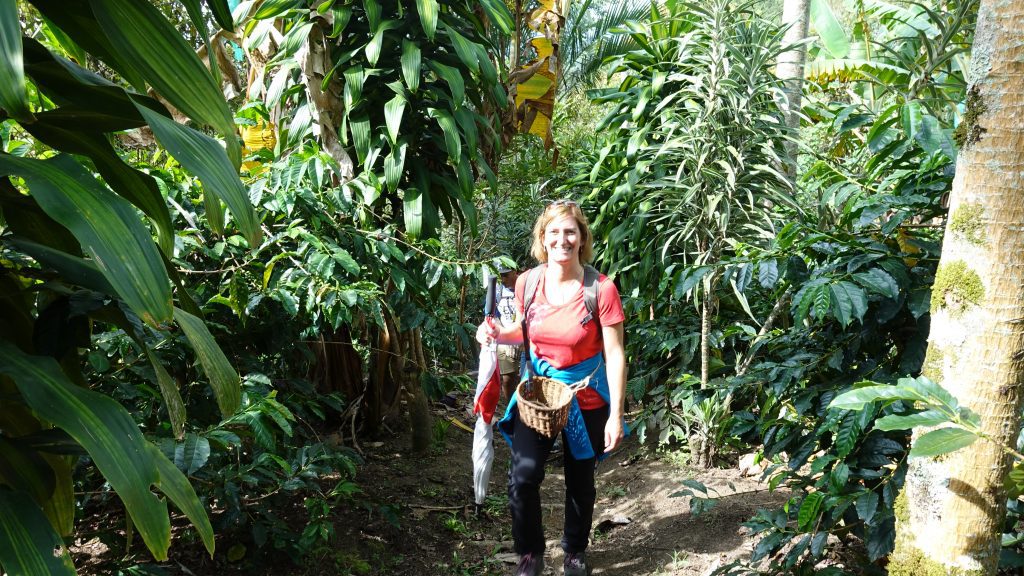
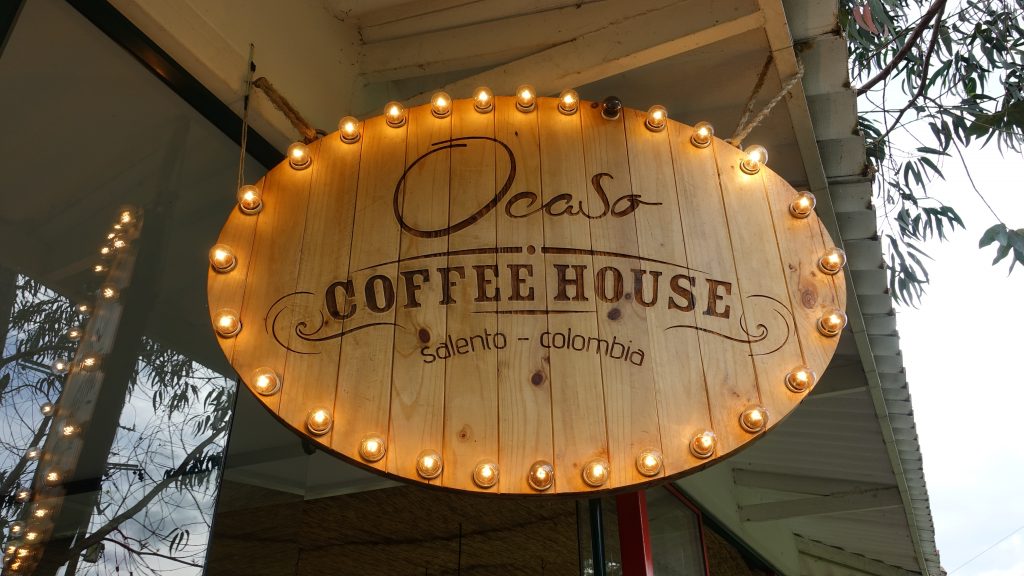
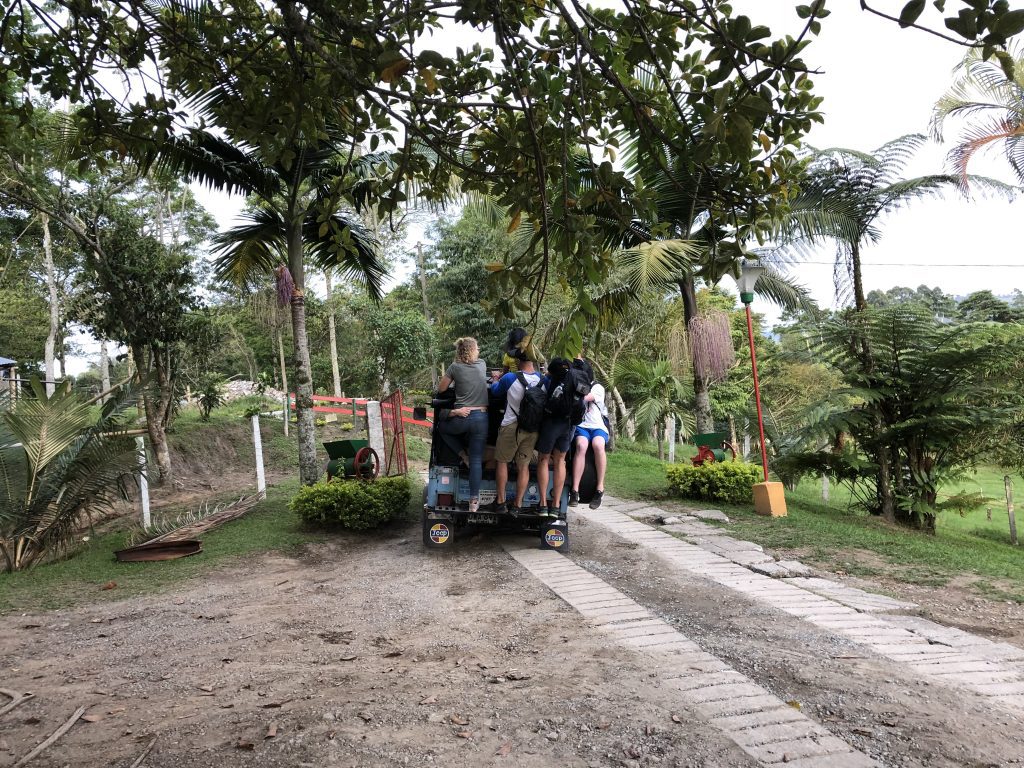
Lodging Tip: The Finca Campestre La Adelita is a gem of a place, run by a gem of a hostess named Sonia. It’s located midway between Salento and Filandia. The property has been in Sonia’s family for generations, and is lovingly restored with great amenities like a swimming pool, sauna, jacuzzi and even a Turkish bath! Nothing is too much to ask for, and you’ll feel welcome from start to finish. Sonia is also an amazing cook, and upon request she’ll prepare a fantastic dinner for you…including Lebanese food! Her husband was from Lebanon, and she cooks the classic Lebanese dishes like a pro. (Full disclosure: I paid market rate for my stay and received no compensation for this review. I am simply recommending this place because I think it’s great!)
Tip for a Great View: Just outside Filandia, you can’t miss the imposing structure of the Mirador Colina Iluminada, a large tower offering 360-degree views of the surrounding countryside. The tower itself is already quite striking and pretty, but the views from it are even better!
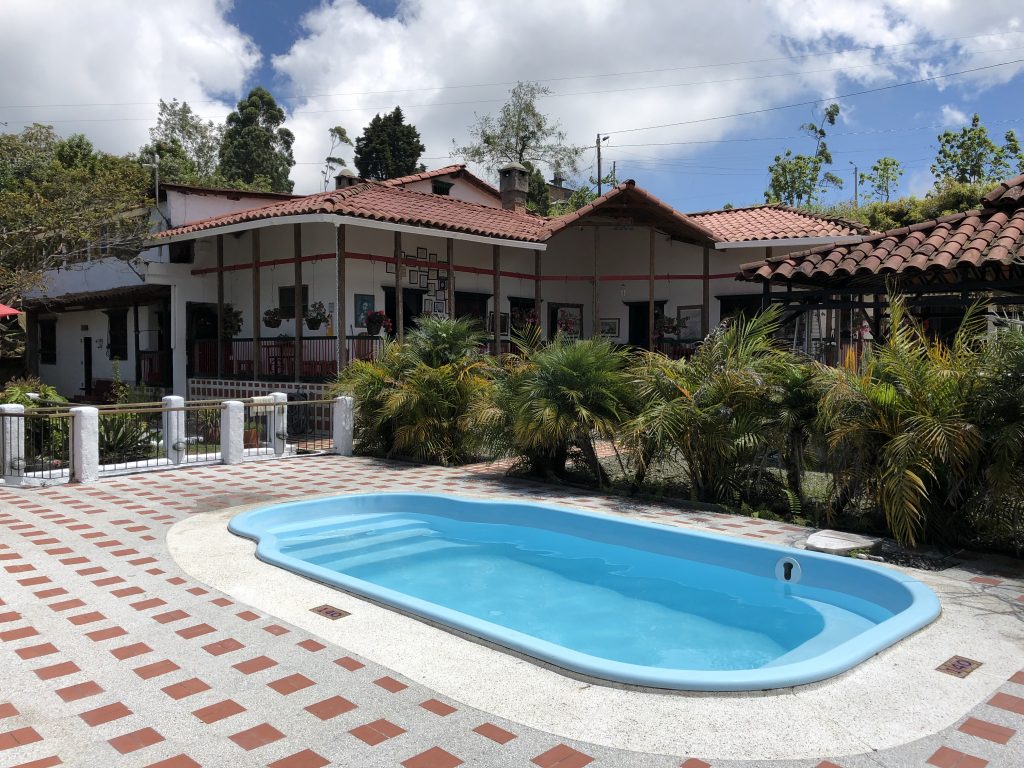
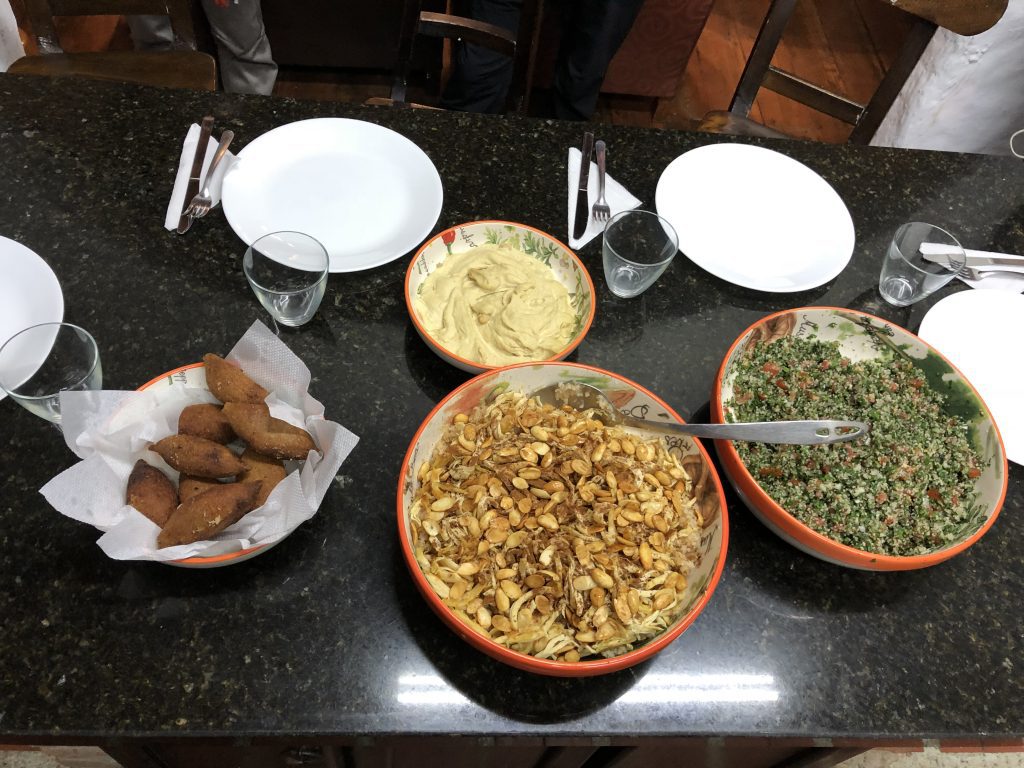
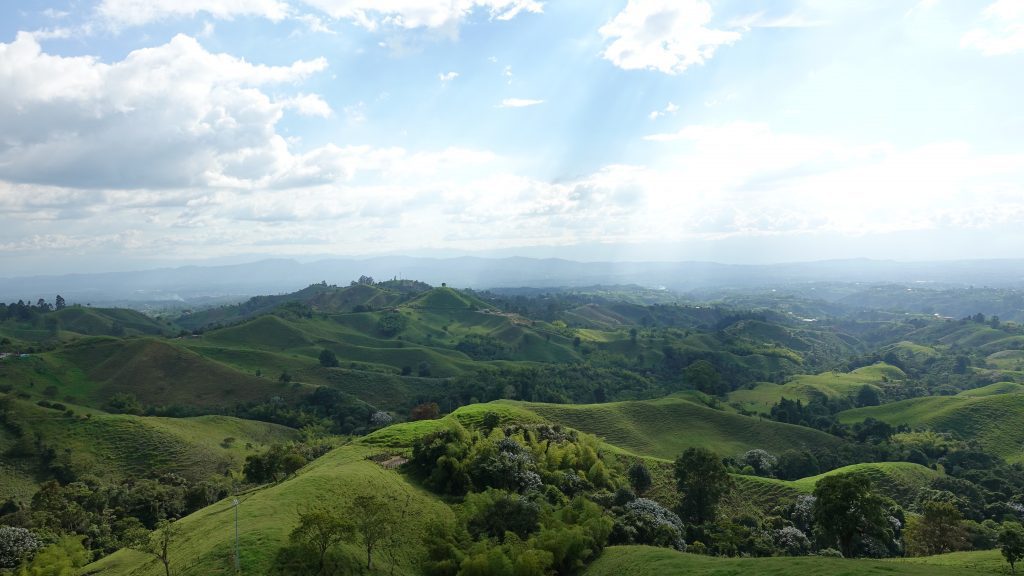
Planning Your Visit
If you like the outdoors I’d recommend spending about 5 days in the area, which is just enough time to allow you to see the highlights and enjoy a few hikes or rides. But if you want to be more relaxed and allow time for more in-depth exploration you could easily stay twice that long and not run out of things to see or do.
English is perhaps a bit less widely spoken than in some other parts of South America, but still I’d say that you don’t need to be fluent in Spanish to visit the area. As is true in any destination, however, it will help a lot if you take a little time to learn some of the basics and make the effort to at least greet people in the local language.
Getting there: Armenia has an airport (El Edén International Airport) with regular flights to both Medellín and Bogotá. Buses are also readily available to many other cities in Colombia, and are quite comfortable and safe.
Getting around: We relied primarily on taxis to get around while we were in the area, and that worked well. Local bus service is also pretty solid, and around Salento of course the previously mentioned ‘Willy’ Jeeps will take you to numerous places frequented by tourists.
When to go: I visited in late July and it was great, there was some rain on one day but otherwise it was quite pleasant and sunny. December through March and July to August are the drier months, while in the remaining months of the year you can expect more rainfall. No time of year is completely dry, of course, because we are talking about a region that’s pretty much a rainforest!
Thanks for reading, hope you’ve enjoyed learning about lovely Quindío! Above all, I seriously cannot recommend Colombia enough…that’s how impressed I was by the beauty, friendliness and hospitality of the country and its people!
